-

+86-577-57156888
-

-

+86-577-57155869
-

11th Floor, Building 6, Headquarters Economic Park, Yueqing, Zhejiang, China
How Can Built-in Bypass Soft Starters Reduce Energy Consumption Effectively?
Industry News-Industrial operations often rely on large motors that consume significant amounts of energy, making efficient control essential for cost management and environmental impact. Built-in Bypass Soft Starter and Three-phase motor soft starter solutions offer a practical method for managing motor start-up and operation while optimizing energy use. These devices allow motors to reach operational speed gradually, reducing electrical spikes and mechanical stress that can contribute to energy waste. By integrating advanced control systems, they help industries achieve smoother motor operation and better energy management across various applications, while supporting consistent performance in demanding production environments.
Gradual start to reduce energy peaks
One key factor in energy efficiency is controlling the initial surge of current when a motor starts. Traditional direct starting will generate large inrush current, causing unnecessary energy consumption and increasing the load on the electrical system. Built-in bypass soft starters gradually increase motor voltage during start-up, allowing the motor to accelerate smoothly. This controlled acceleration reduces peak energy demand and spreads the electrical load over a longer period, which can help decrease overall energy costs in facilities with frequent start-stop cycles. Three-phase motor soft starters are particularly effective in plants with multiple large motors operating simultaneously, as they reduce cumulative electrical stress on the network.
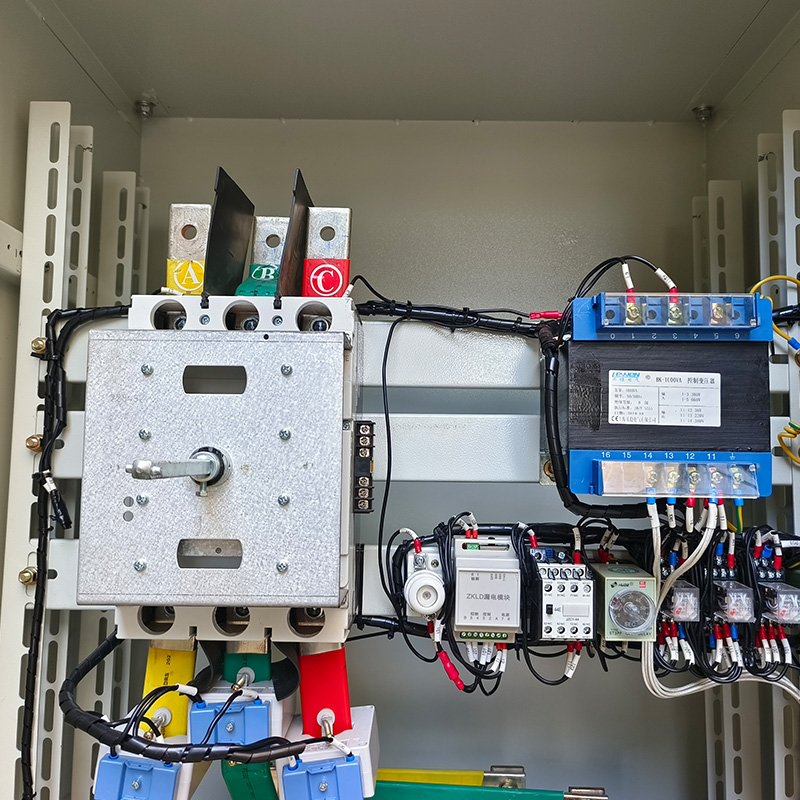
Reduced Mechanical Load and Losses
Energy losses are not limited to electrical consumption; mechanical friction and vibration also contribute. Sudden starts or stops can strain gears, belts, and coupled equipment, causing additional energy expenditure to overcome resistance. Soft starters manage torque during acceleration and deceleration, ensuring that mechanical systems operate more efficiently. By reducing unnecessary mechanical resistance, motors maintain smoother operation, which translates into lower energy usage and less wear on equipment components. Over time, this approach can contribute to more consistent performance without adding extra energy costs for compensating losses.
Bypass Function for Ongoing Efficiency
Built-in bypass soft starters include bypass circuits that disengage the soft starter once the motor reaches full speed. This eliminates continuous voltage control during steady operation, allowing the motor to run without additional resistance from the starter. The result is a more energy-efficient operation over long periods, particularly in industrial applications where motors operate at full load for extended times. Operators can also adjust start-up parameters to match specific load conditions, further optimizing energy use without compromising motor performance.
Monitoring and Adaptive Control
Many modern soft starters include monitoring features that track current, voltage, and power usage. This data can be used to identify energy-saving opportunities and adjust operation parameters for better efficiency. For three-phase motor soft starters, adaptive control can adjust the acceleration curve or torque output based on real-time load, preventing overconsumption during periods of light demand. By providing actionable insights, these devices allow maintenance and operations teams to make informed decisions that contribute to energy management strategies across the facility. Regular monitoring also supports preventive maintenance, which can indirectly improve energy efficiency by keeping equipment running.
Applications Across Industrial Environments
From pumps and compressors to conveyors and fans, industries with heavy motor use benefit from reduced energy consumption and smoother operation. Built-in bypass soft starters are applied in sectors such as manufacturing, petrochemicals, water treatment, and mining. Their ability to manage both electrical and mechanical efficiency makes them a practical solution for facilities aiming to reduce operational costs while maintaining stable motor performance. Over time, this can cause measurable savings and improved control of energy resources, supporting both financial and environmental objectives.
 English
English 中文简体
中文简体 عربى
عربى
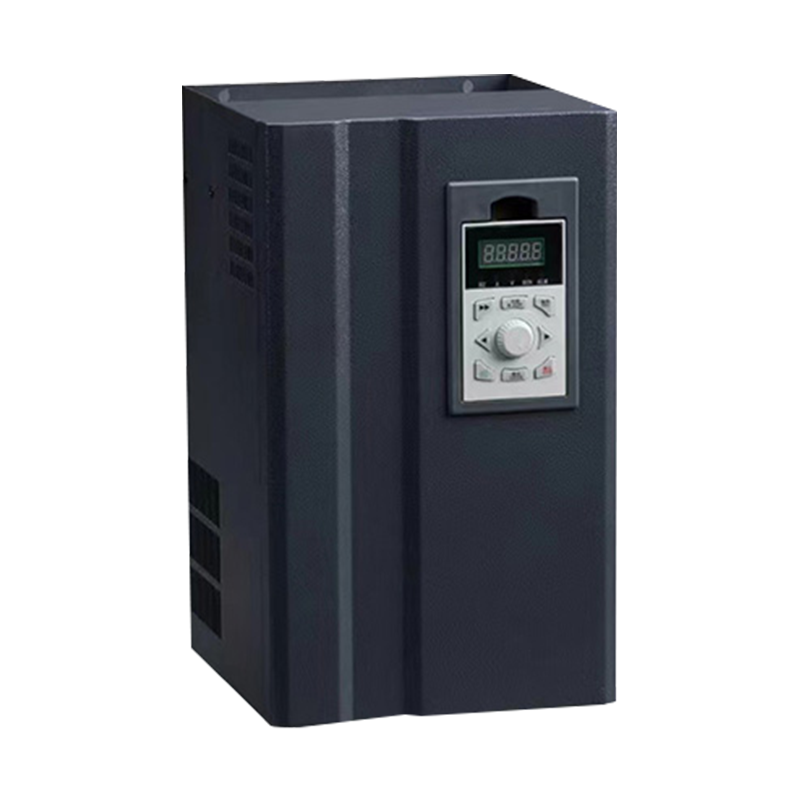
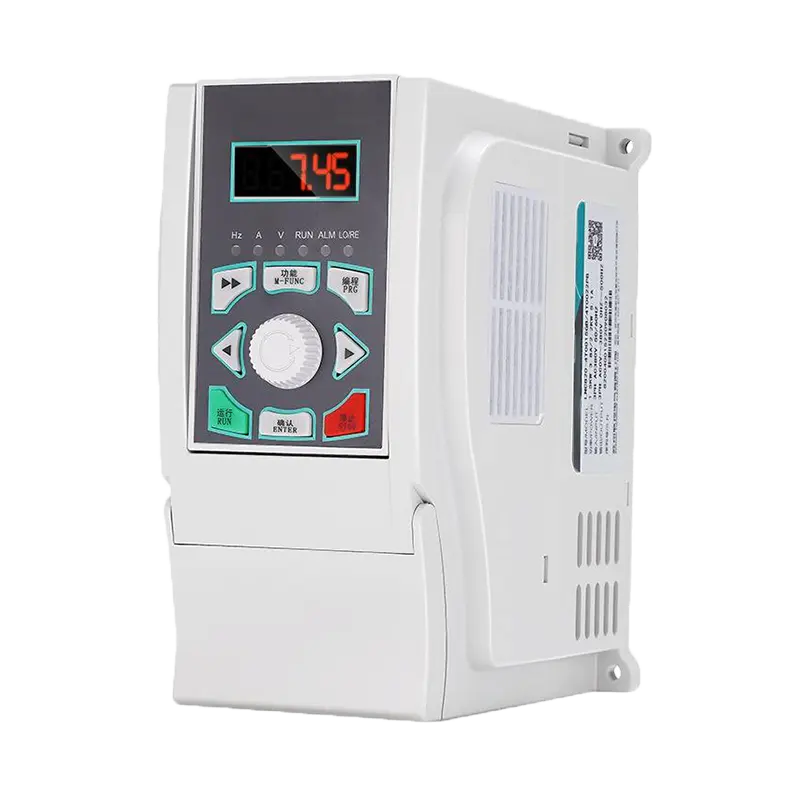
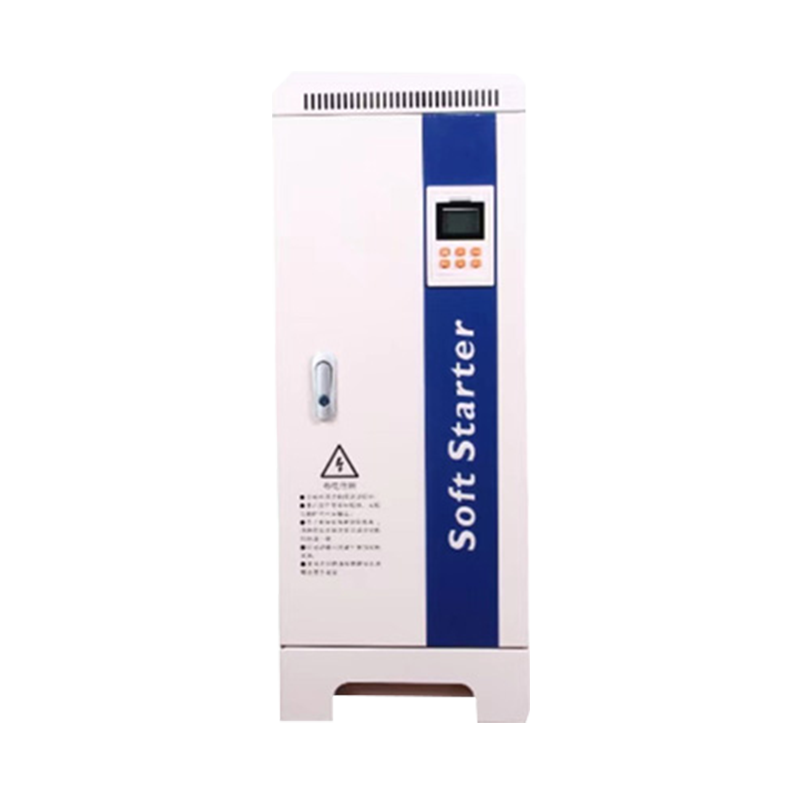
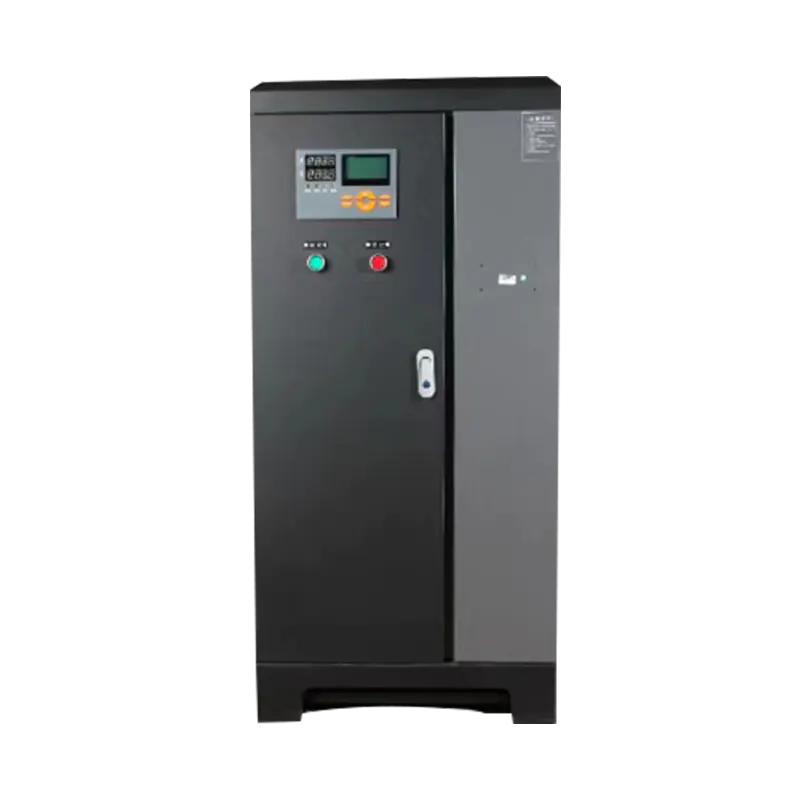

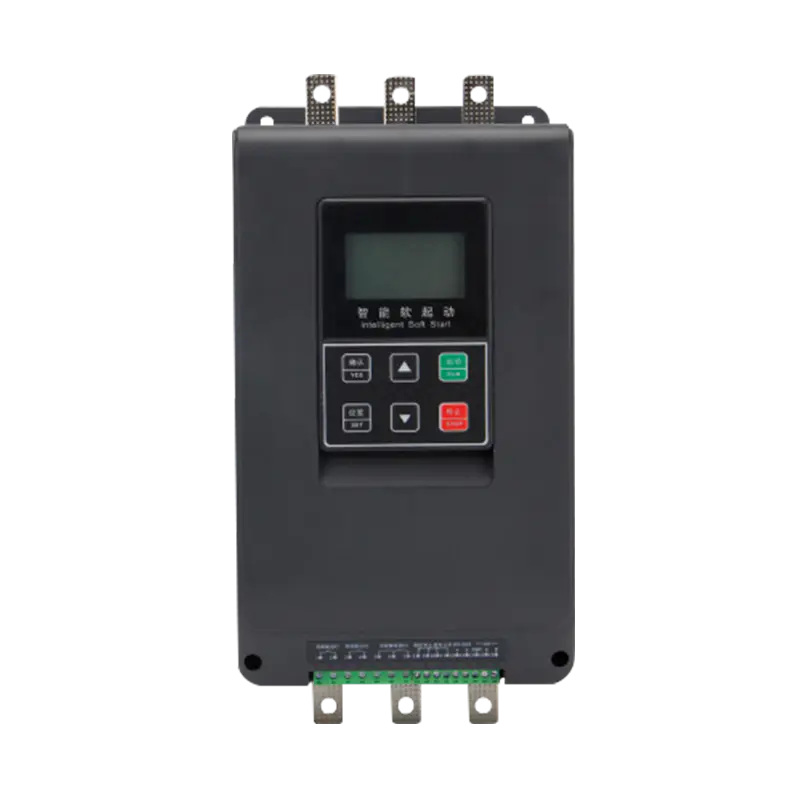

 浙公网安备33038202003754号
浙公网安备33038202003754号